Sora Emerging from Cattails at Lema Ranch photos by Larry Jordan
Having seen my first Sora last week, I was determined to get some decent photographs of these seemingly elusive rails. A good birding friend of mine had seen them several times out in the open, foraging in the shallows of one of the ponds at Lema Ranch (click on photos to enlarge).
Previous to these sightings, I had only heard the Sora but never seen one. This isn’t surprising because these rather secretive birds are more often heard than seen.[audio:https://thebirdersreport.com/audio/Sora20010318.mp3] Courtesy of Xeno-Canto, recorded by Robin Carter of the United States
Being about the size of a Red-winged Blackbird but with plumage giving it much better camouflage in the shallows near the cattails, the little Sora is not obvious.
As we approached the pond, my sharp-eyed companion began to explain to me how this bird was right out on the shore when she saw it. Then she exclaimed “there it is!”
Well, I thought she was joking, but sure enough, there it was, foraging on the shore, just like she said it would be. Amazing! I tried to get close enough for a photo but the bird disappeared back into the cattails.
I decided to sit down near the shore hoping the birding Gods would smile on me and give me a photo op as my friend searched the other end of the pond where she had seen another Sora being chased by a pair of Common Moorhens a few days before.
Within minutes, this beautiful little Sora emerged from the cattails and began pulling up plant refuse on the shore. As stated by Birds of North America Online, Sora feed on “seeds of wetland plants and aquatic invertebrates” and “search for food by raking floating vegetation with feet or pulling aside vegetation with bill and visually searching for food. Uses its short, chicken-like bill to peck from substrate or water surface.”
After about five minutes of foraging on the shore, this bird retreated back into the cattails. I posted this photo so you could see the buffy orange colored undertail coverts as it finally moved away from my clicking shutter.
We made our way to the other end of the pond where we saw two other Soras out in the open and I saw one of them being chased from the cattails by a Common Moorhen.
I believe these birds are currently involved in nesting behavior since cattails are their prefered nesting habitat and they have been seen in the same location for weeks now. Luckily for me, the Sora is a year round resident of the California Central Valley.
They typically lay 8 to 11 eggs per clutch which take 16 to 19 days to hatch. I’m thinking that it shouldn’t be hard to hear the peeping of that many little chicks that may be hatching in the next couple of weeks 🙂 I’ll be watching and listening. Until then…
To see more great bird photos, go to Bird Photography Weekly and share!

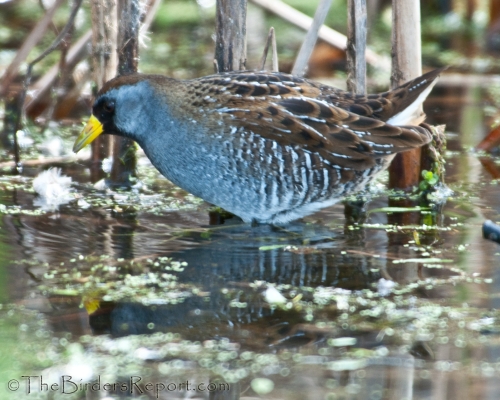
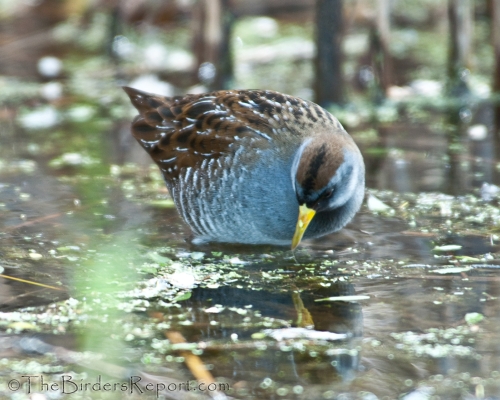
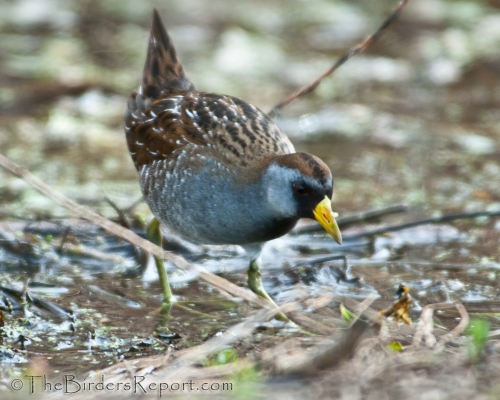
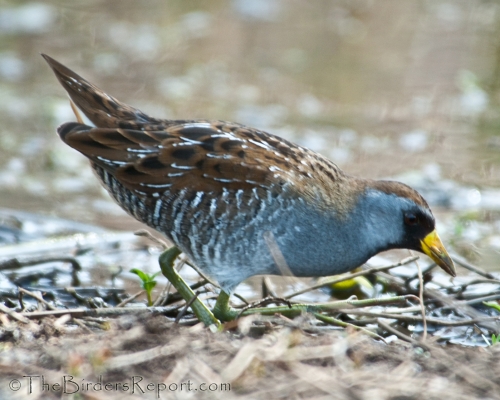
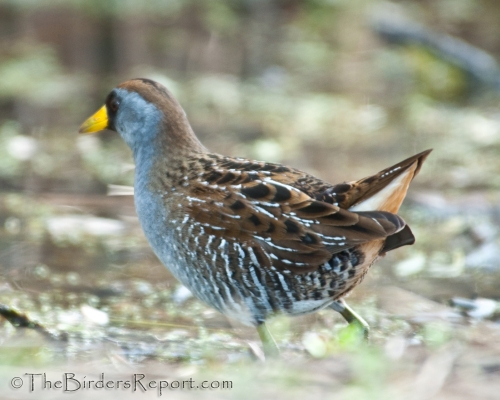
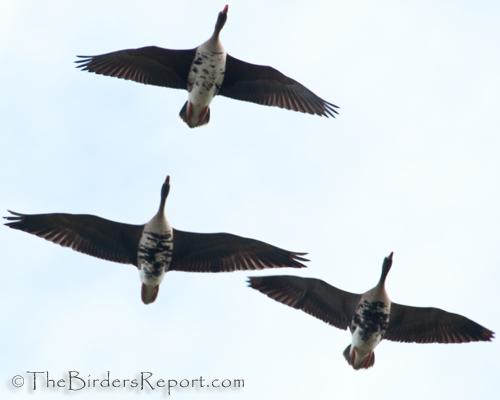
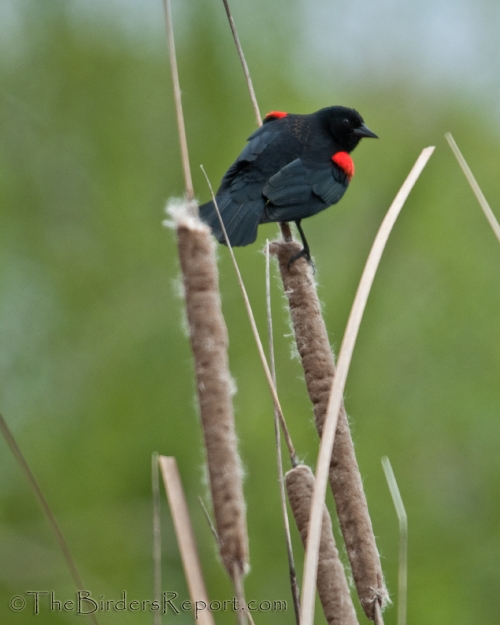
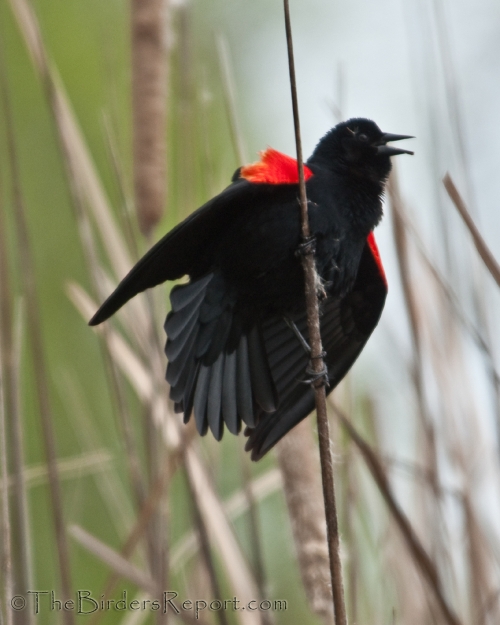
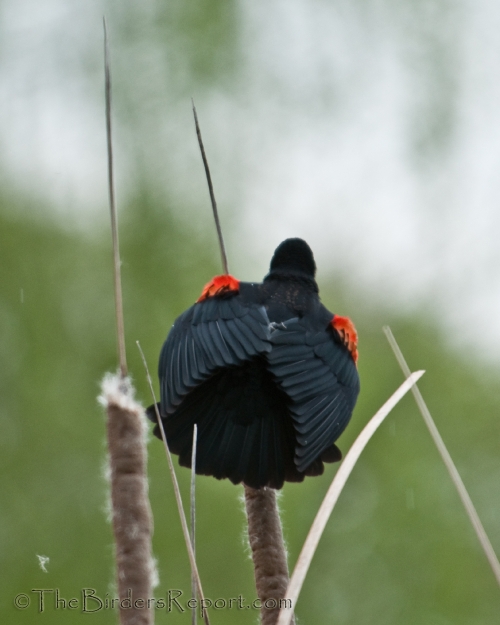
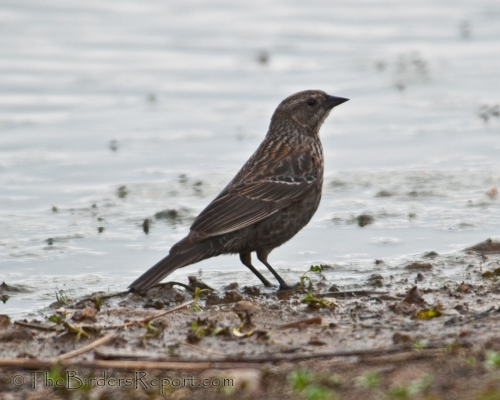
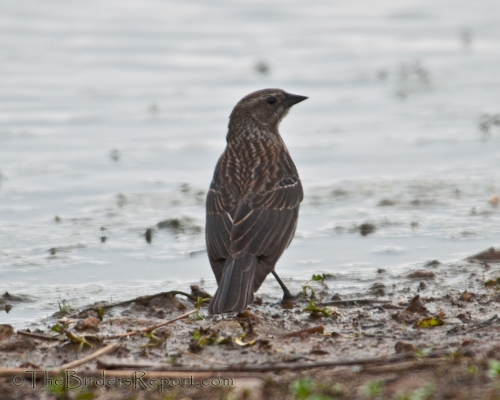
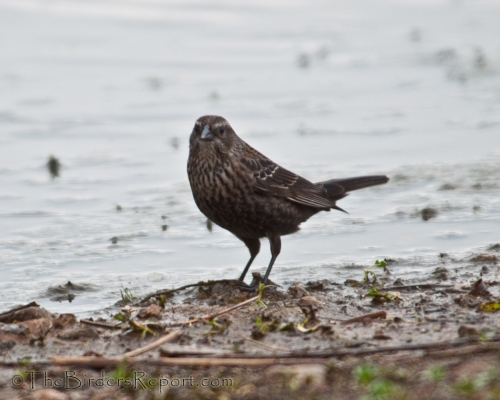
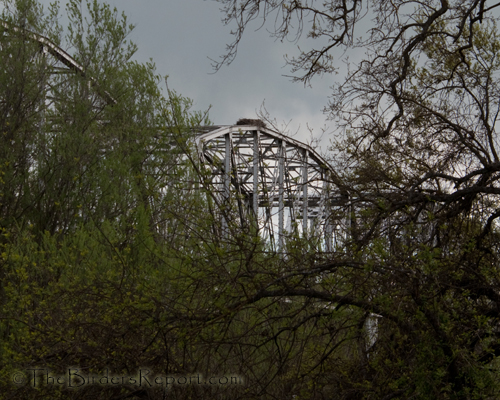
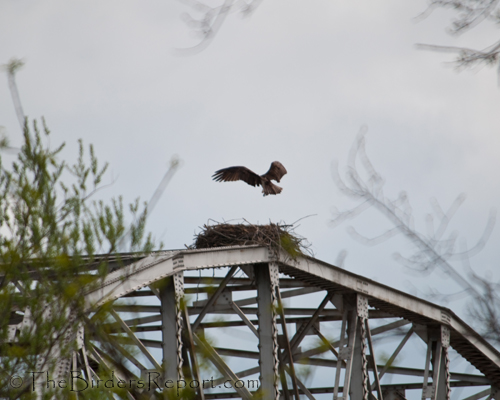
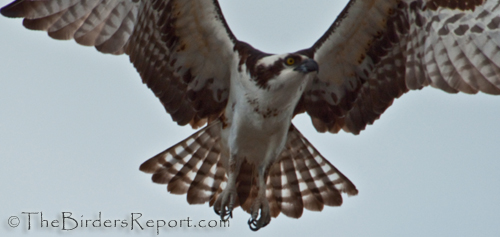
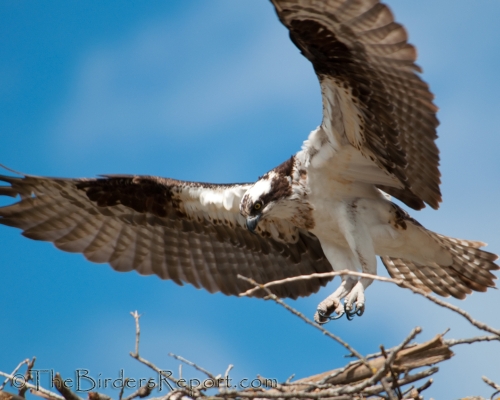



Social Media Connect